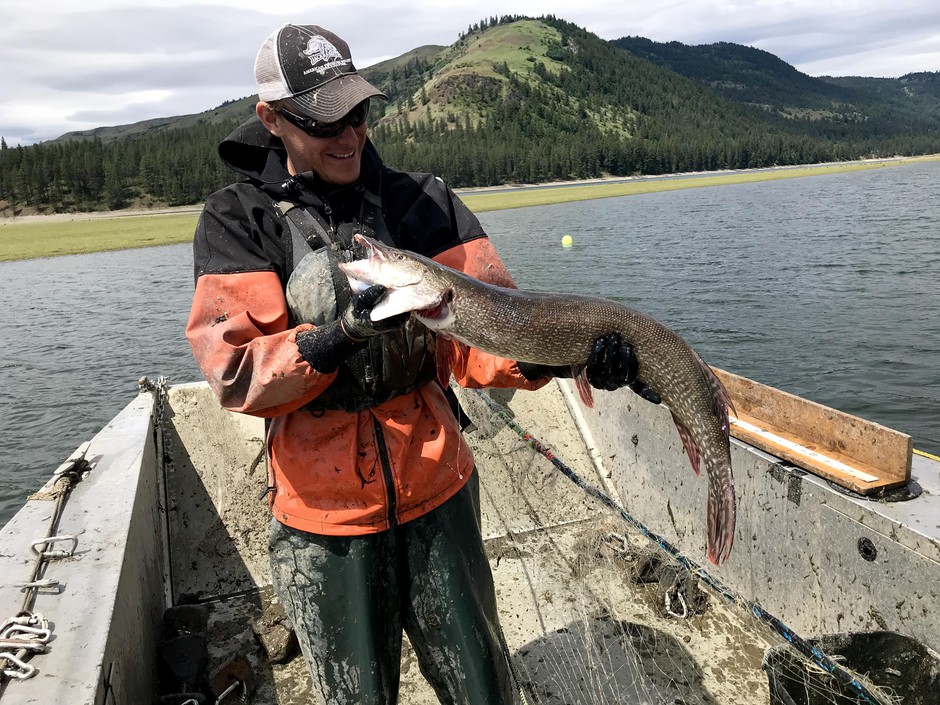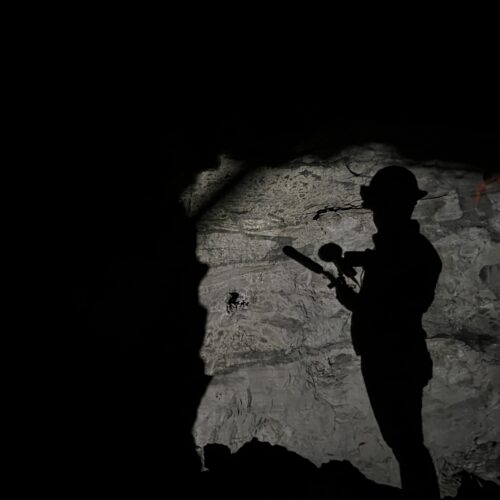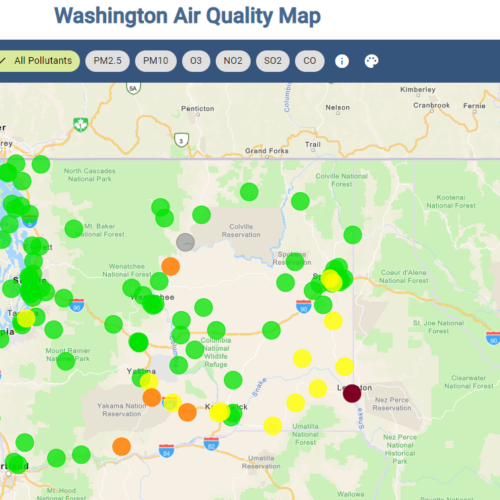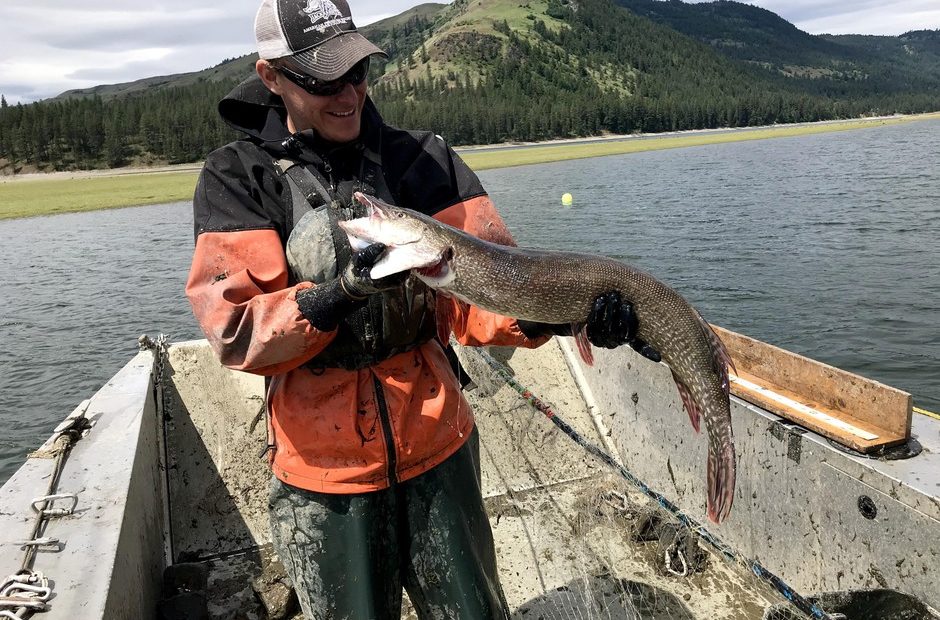
The Fight Is On To Save Columbia River Salmon From A Toothy Invader
Listen
The fight to save Columbia River salmon could hinge on a major battle taking place in the basin’s biggest reservoir. It pits biologists against a fish: The invasive northern pike.
Northern pike are aggressive. They eat anything in their path – they’ve even been spotted chomping on ducks and bats. That’s bad news for soft-bellied fish, like rainbow trout.
“These pike here, they can really prey on a lot of fishes that these other fish in the reservoir right now can’t,” said Travis Rehm, a fisheries biologist with the Spokane Tribe of Indians.
Rehm is one of the anglers standing in their way as the Spokane Tribe and other fisheries managers launch a counter attack. Biologists are catching as many northern pike as they can in Lake Roosevelt, the reservoir held back by the Grand Coulee Dam.
If the fish make it past Grand Coulee and the next dam downriver – Chief Joseph Dam – it could be game over for the Columbia’s threatened and endangered salmon and steelhead populations.
These native fish populate the 545-mile section of the Columbia River below the Chief Joseph Dam – plus thousands of miles of tributary rivers and streams.
“Native species here haven’t evolved to deal with a predator that’s quite like pike,” Rehm said.
To push back the northern pike’s steady progression, biologists will be on the water for much of the summer, setting and checking about 15 gillnets each day. The goal: snagging as many northern pike as possible.
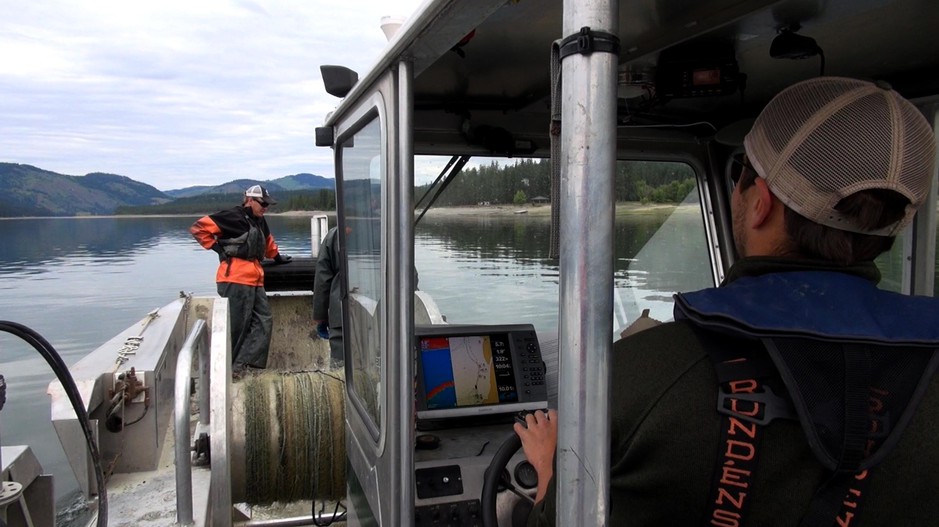
Biologists are catching as many northern pike as they can in Lake Roosevelt, the reservoir held back by the Grand Coulee Dam. CREDIT: COURTNEY FLATT/NWPB
Rehm and two other biologists, Andy Miller and Joe Cronrath, check the gillnets within 24 hours after they’ve set them in place.
These biologists know where to place the gillnets: near channels, in shallower areas, where the northern pike – apex predators in these waters – like to ambush prey. Tribal biologists also set gillnets for northern pike last year.
“The hotspots haven’t changed. The densities within those have, and they’re just increasing,” Rehm said.
Gillnets are controversial because fish that aren’t being targeted – like smallmouth bass, walleye and northern pikeminnow – get tangled in the nets. But Rehm said they’re trying to be careful.
“We’re doing our best to minimize bycatch and be as cognizant of everything as possible,” he said.
All of the non-native fish the team catch are gutted. If people will eat the fish, the biologists deftly filet it – along with the northern pike – and take it to the Spokane Tribe’s food bank.
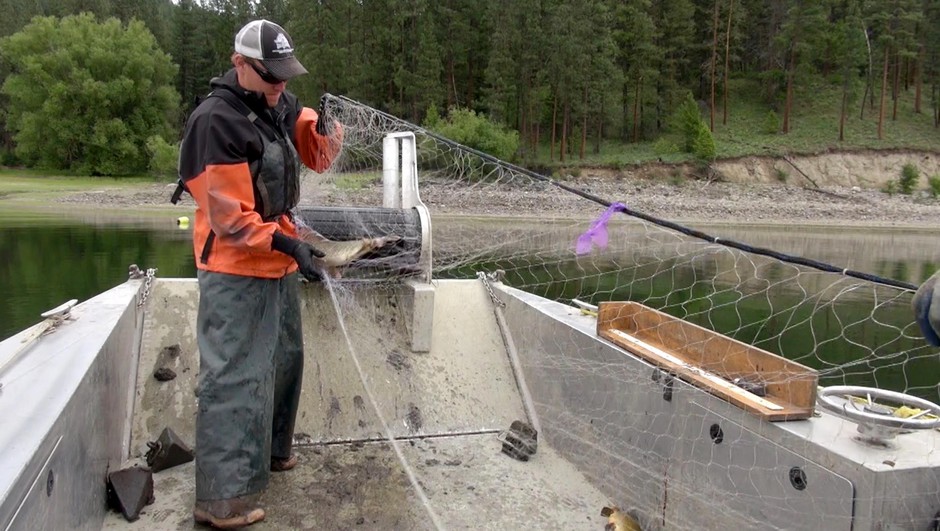
Biologist Travis Rehm pulls in a northern pike with a gillnet. The biologists caught 21 northern pike on Lake Roosevelt in one day.
CREDIT: COURTNEY FLATT/NWPB
They keep the heads of the larger northern pike. Tiny bones in the head can tell them how old the northern pike is and where it’s been. They clip its fin to collect DNA, which can help biologists track northern pike spawning.
Recently, biologists for six different agencies took an “all hands on deck” approach to netting northern pike. The cadre saturated known hotspots with gillnets for a week. In the end, they caught 439 northern pike.
They especially want to catch female northern pike before they spawn. Each fish can have somewhere around 10,000 eggs. Fewer eggs mean fewer pike in the future.
“We stopped at least 2,160,000 eggs from being released into the water during this one week survey,” said Holly McLellan, the lead biologist with the Confederated Tribes of the Colville Reservation.
In a different area of Lake Roosevelt called the Sanpoil Arm, Colville biologists netted a whopping 28-pound female northern pike. McLellan said the eggs from that fish alone weighed 4 pounds.
In this vast reservoir, the presence of these predatory outsiders means other fish could be in trouble. In California and Alaska, northern pike ate all the types of fish anglers like to catch.
“The [hatchery] rainbow trout are getting hammered,” Rehm said.
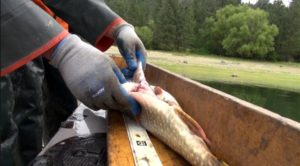
Biologists have found northern pike like to eat the hatchery-raised rainbow trout in Lake Roosevelt. This particular fish had three rainbow trout in its stomach.
CREDIT: COURTNEY FLATT/NWPB
All day long, biologists find hatchery rainbow trout inside northern pike stomachs. One fish had recently eaten three rainbow trout.
Northern pike didn’t just all-of-a-sudden show up in Lake Roosevelt. They were illegally introduced into Montana as early as the 1950s — thanks to outdoorsmen who took it upon themselves to bring these game fish from the Midwest by the bucketful to stock Western waters – nowadays, conservation scientists refer to these folks as “bucket biologists.”
Since then, the northern pike have been relentlessly swimming, reproducing, and eating their way down the tributaries and lakes of Montana, Idaho, and Washington – all connected waters that are part of the Columbia Basin.
Tony Grover is the fish and wildlife director for the Northwest Power and Conservation Council, which can direct money toward the northern pike eradication. Grover said the only times these fish have been completely stopped is in isolated waters.
“Any time they’ve shown up in larger, interconnected systems, it’s been impossible to eradicate them. So now that they’re in the system, they’re here to stay, almost certainly,” Grover said.
Once fisheries managers recognized the threat these invaders posed to native species, they tried to stop it. The Kalispel Tribe of Indians knocked back the northern pike population in Washington’s Box Canyon Reservoir on the Pend Oreille River.
But some fish made it past their nets and on toward the Columbia.
Northern pike entered Lake Roosevelt around 2011 and kept moving. They’ve nearly covered the lake’s 150-mile length and have been spotted within 17 miles of Grand Coulee Dam, where the Colville Tribe recently caught the large female northern pike.
Grover worries smaller northern pike could one day slip through the Grand Coulee Dam’s turbines. He said it could be just a few more years before that happens.
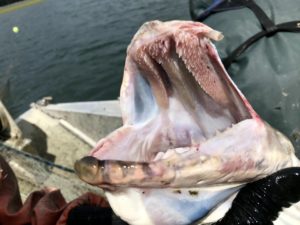
Northern pike are voracious. Because their mouths open so wide, they can eat a lot of fish other predators can’t.
CREDIT: COURTNEY FLATT/NWPB
To help with the fight, managers are paying anglers $10-a-head for any northern pike they catch.
Back at the lake, Rehm said he’s “cautiously optimistic” they can slow the pike’s progress.
“If we can get a handle on them and be able to manageably net them, it’ll be a lot easier go,” Rehm said.
On this day, Rehm and the other biologists catch 21 northern pike.
“We’ll give them hell, he said. “That’s the plan.”
Copyright 2019 Northwest Public Broadcasting
Related Stories:
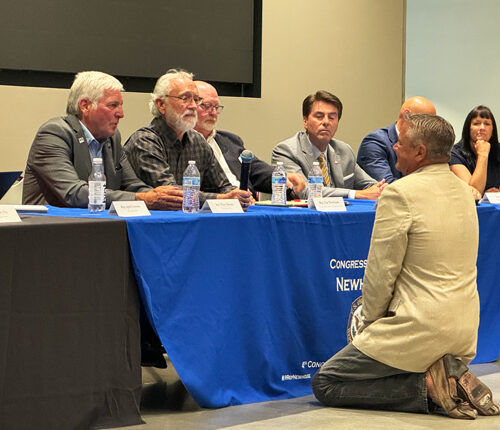
Tri-Cities forum draws support for Lower Snake River dams
At a Lower Snake River dams forum in the Tri-Cities, Chuck Bender, who said his family members are tugboat operators, fell to his knees in front of U.S. Rep. Dan

‘Fish War’ documentary highlights tribal leaders’ fight
From left to right, Charles Atkinson, Jeff Ostenson, Mary Big Bull-Lewis and Twa-le Abrahamson answer questions from the crowd after the film “Fish War.” (Credit: Reneé Dìaz / NWPB) Listen
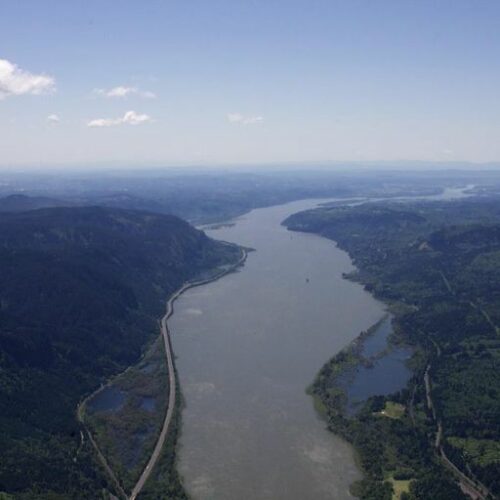
Preliminary agreement reached for a modernized Columbia River Treaty
The Columbia River west of the Gorge as it heads toward Portland and out to the Pacific Ocean. (Credit: Amelia Templeton / OPB) Listen (Runtime 1:01) Read After more than

